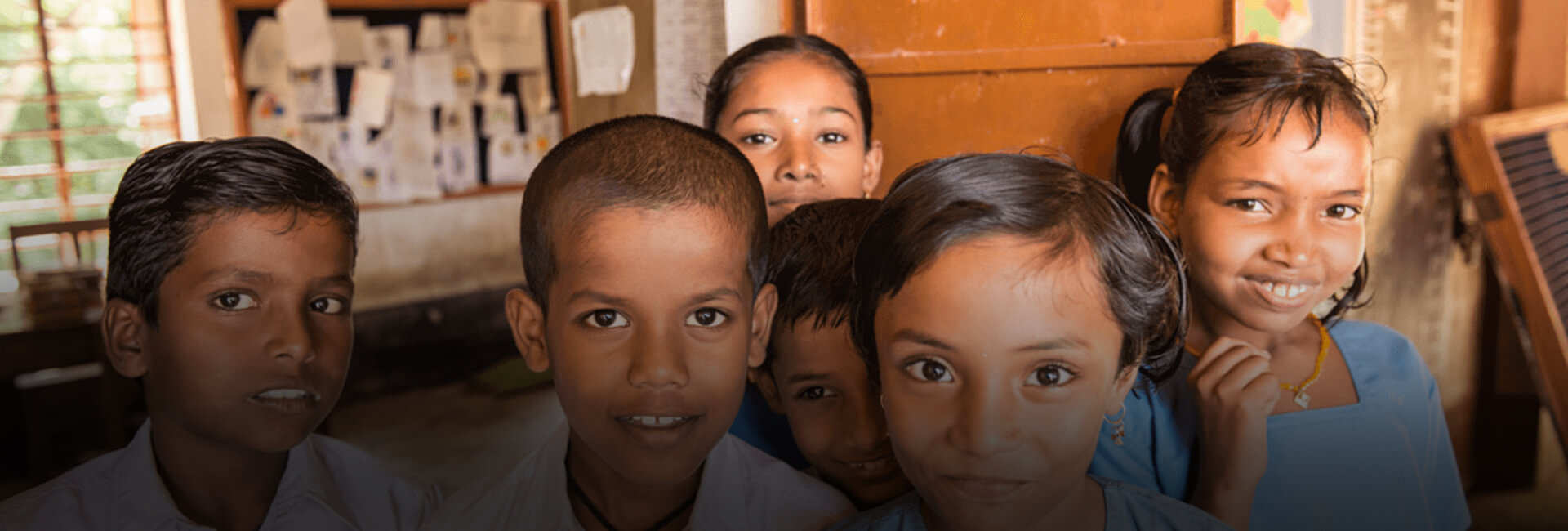Difference between good touch and bad touch
Sexual abuse wherein “a child or a young person is pressurized, forced or tricked into taking part in any kind of sexual activity with an adult or young person” is a complex topic. Children first need to understand the difference between good touch and bad touch to ward off such dangers. This will allow them to, when they’re ready and mature, to understand and avoid child sexual abuse. Here is what you need to know about good touch and bad touch, and its role in their physiological health.
Understanding bad touch?
Bad touch has a definitive sexual nature, and can make children feel anxious or uncertain. To explain it in simple terms, it represents a touch on any parts that would be concealed if they wore a swimming costume, male or female. For innocent and unaware children, it may feel strange. Often, the perpetrators tell their victims to not tell anyone. A ‘sexual abuse touch’ can occur with clothes on. Children must be taught that they ‘own’ their bodies, and therefore choose how they are touched. Children must also be taught how they touch others, and respect their requests if they say no.
Types of touch
To instil this culture of choice, children from a young age must be allowed to refuse to hug, kiss, or touch others, including relatives and siblings. However, it is important to educate them that sometimes a ‘good touch’ can hurt – e.g. a medical procedure, cleaning a small cut or scratch caused by a playtime fall.
It is also important to understand ‘unwanted touch’, one that may be ‘good’, but something that they do not want right now. E.g. children may enjoy being swung in the air, but not all the time.
The role of child sex education
Restrictions on sex education have been attributed to the concealment of incidents of abuse. With a ban on sex education across many states, children are unable and unwilling to describe what they experience – even in the simple terminology of ‘good touch, bad touch’, the basis of healthy physical identity. As per a 2007 survey (Ministry of Women and Child Development) half of all Indian children under 18 reports sexual abuse, and one-fourth of them experienced by someone “known to the child”. With such rates of child sexual abuse, the Protection of Children Against Sexual Offences Act 2012 (POCSO), formulated to empower both child and responders has been a boon.
Paying attention to them
If you have taught them well, they will turn to you to talk about ‘touch’, both good or bed. You do not instantly need to “fix” every situation – often, you need to simply understand and act in cases of child sexual abuse, no matter how minor. However, do not interrogate them, instead giving them time and space to process their thoughts and speak up. Often, a trained healthcare professional may need to intervene to reveal any incident of abuse.
Conclusion
Sexual harassment and assault have no restrictions – it happens across India in every town, city and village, across castes and sects, households, and even workplaces where child labourers are forced to work. This universality of this crime on India’s future can cause lasting damage. To prevent it, and treat India’s victims of child sexual abuse, you also must donate to charity to protect children from child sexual abuse. This will ensure that future generations of Indians grow up without fear, capable of meeting their highest potential.





